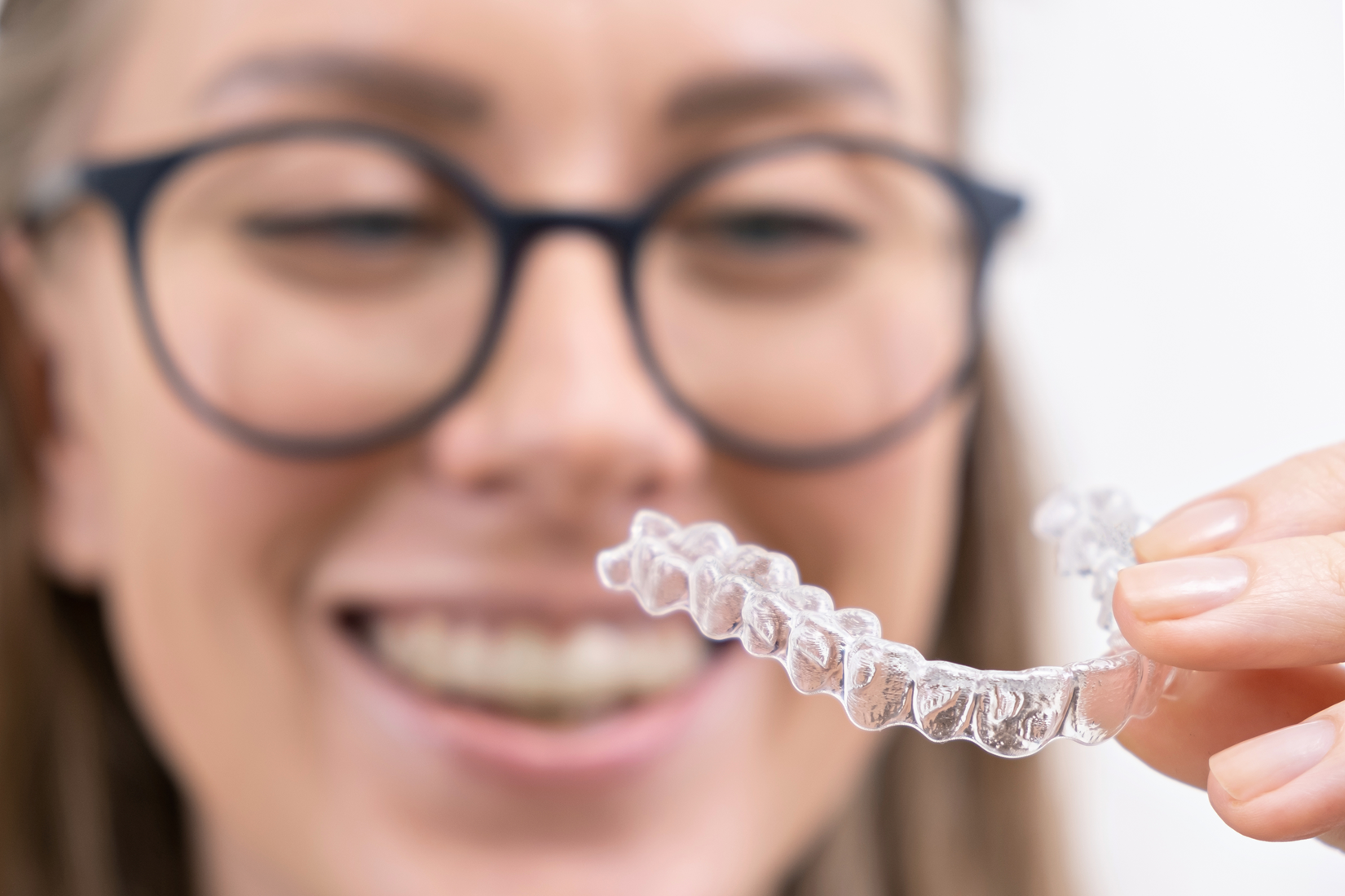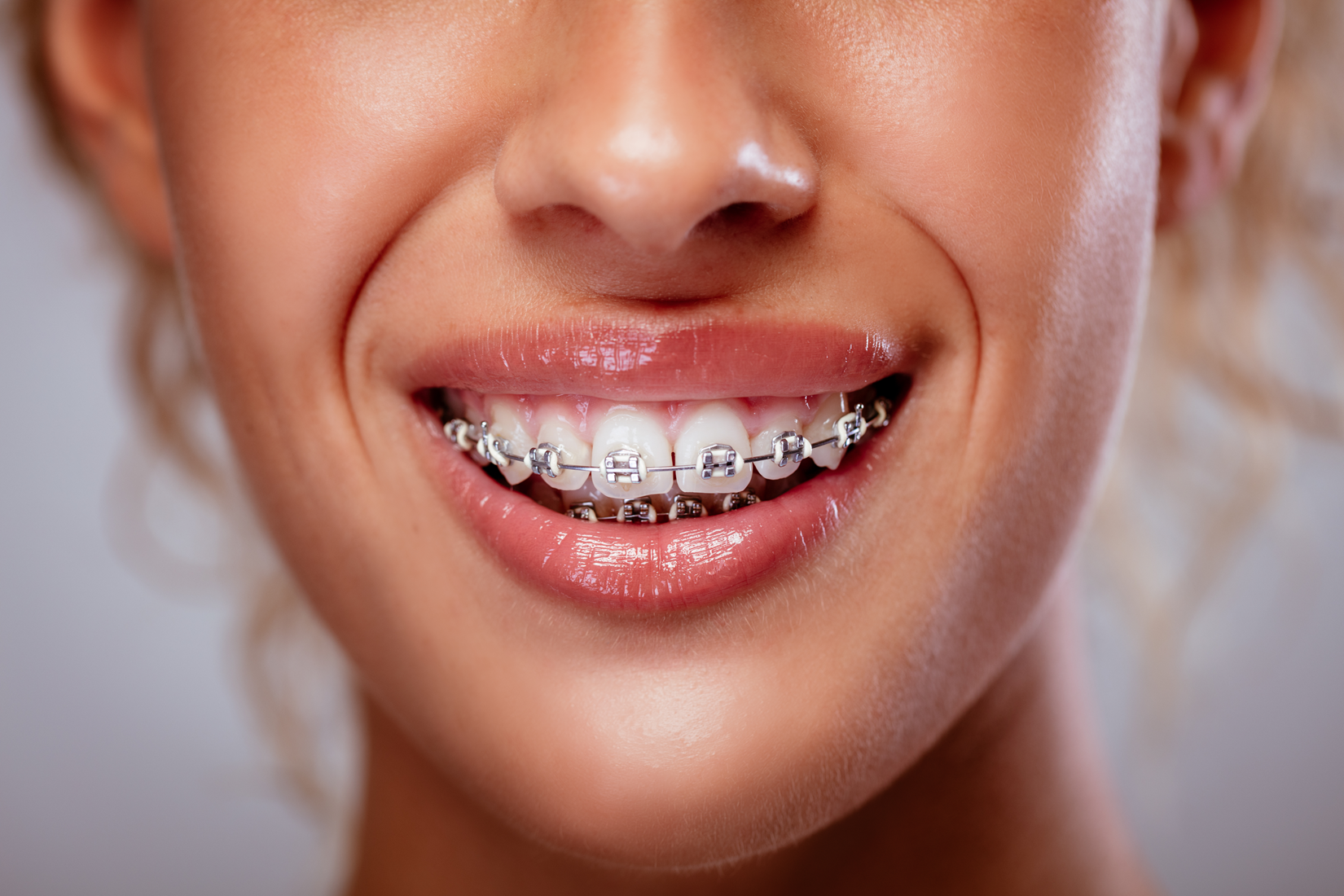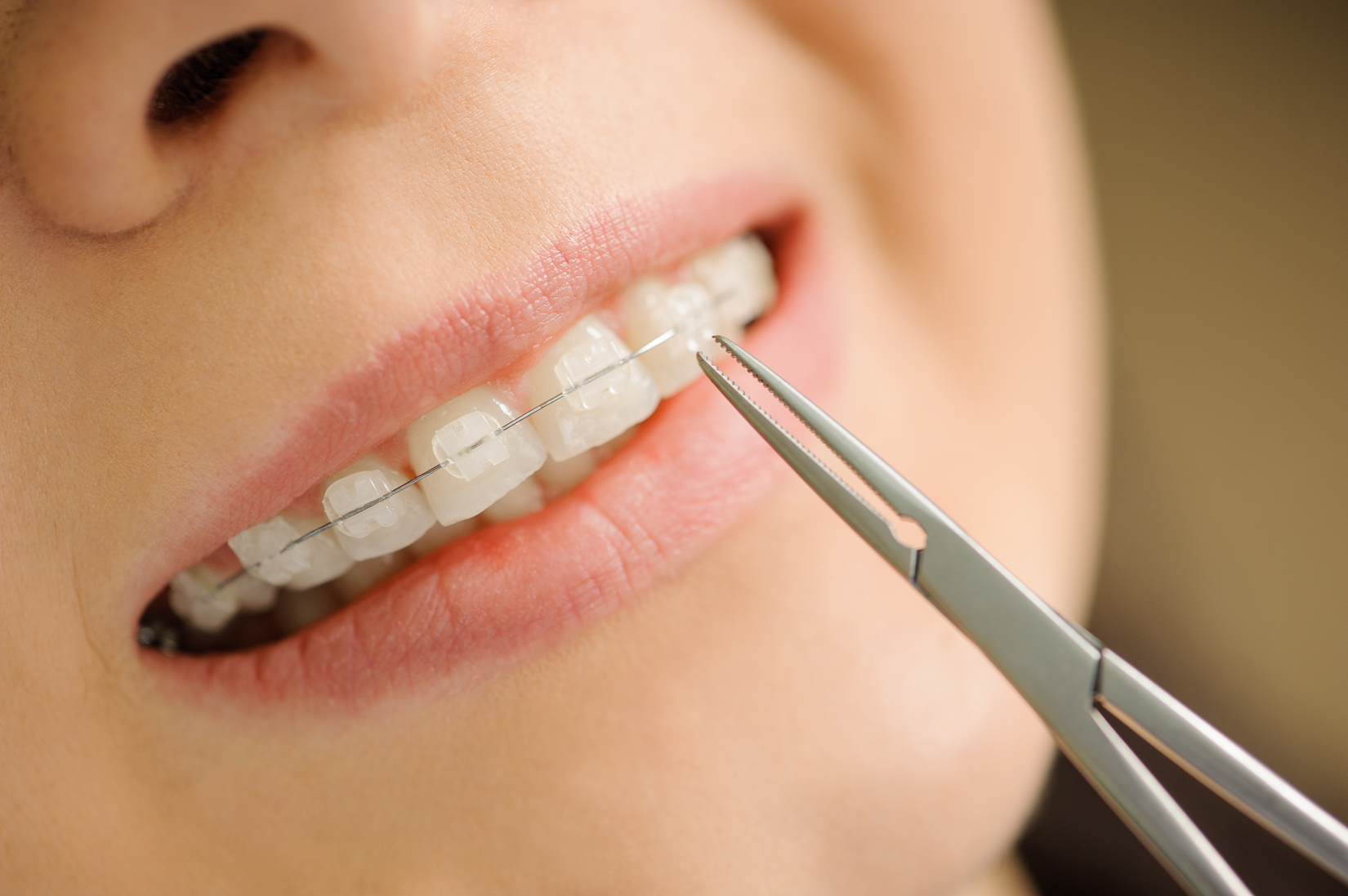For some people, straight teeth and a perfectly aligned bite come naturally. For many others, though, the spacing, crowding, and unmatched midlines require orthodontic intervention. At Dean Orthodontics, our staff helps people sort through the devices on the market, so they can find the best option for them.
WHAT ARE THE COMMON TYPES OF BRACES?

Clear Aligners
Known for their aesthetic qualities, a clear aligner is an invisible way to straighten your teeth. Worn for about 22 hours per day, these comfortable see-through trays can exert enough pressure on teeth to bring them back in line. The biggest disadvantage of clear aligners is that they aren’t recommended for people with more severe dental issues.

Metal
Metal braces are the most traditional and sometimes the most effective. The brackets, archwire, and steel are strong enough to straighten out practically anything. Orthodontists in Zanesville, OH, understand that not everyone wants to wear metal braces for up to two years of their life, but they can also tell you that the efforts will be well worth it in the end.

Ceramic
Ceramic and metal braces share a lot of similarities: they’re both made from brackets and wires, and they can both be used for difficult orthodontic issues. The advantage of ceramic is that it blends with the rest of the patient’s teeth, making it less noticeable than braces. The downside is that ceramic is more fragile than steel and may require more repairs.
ORTHODONTISTS IN CAMBRIDGE AND ZANESVILLE, OH
Your smile is too valuable to waste! At Dean Orthodontics, with locations across Southeast OH, our staff can help you find the braces that fit your lifestyle, budget, and oral health needs.
